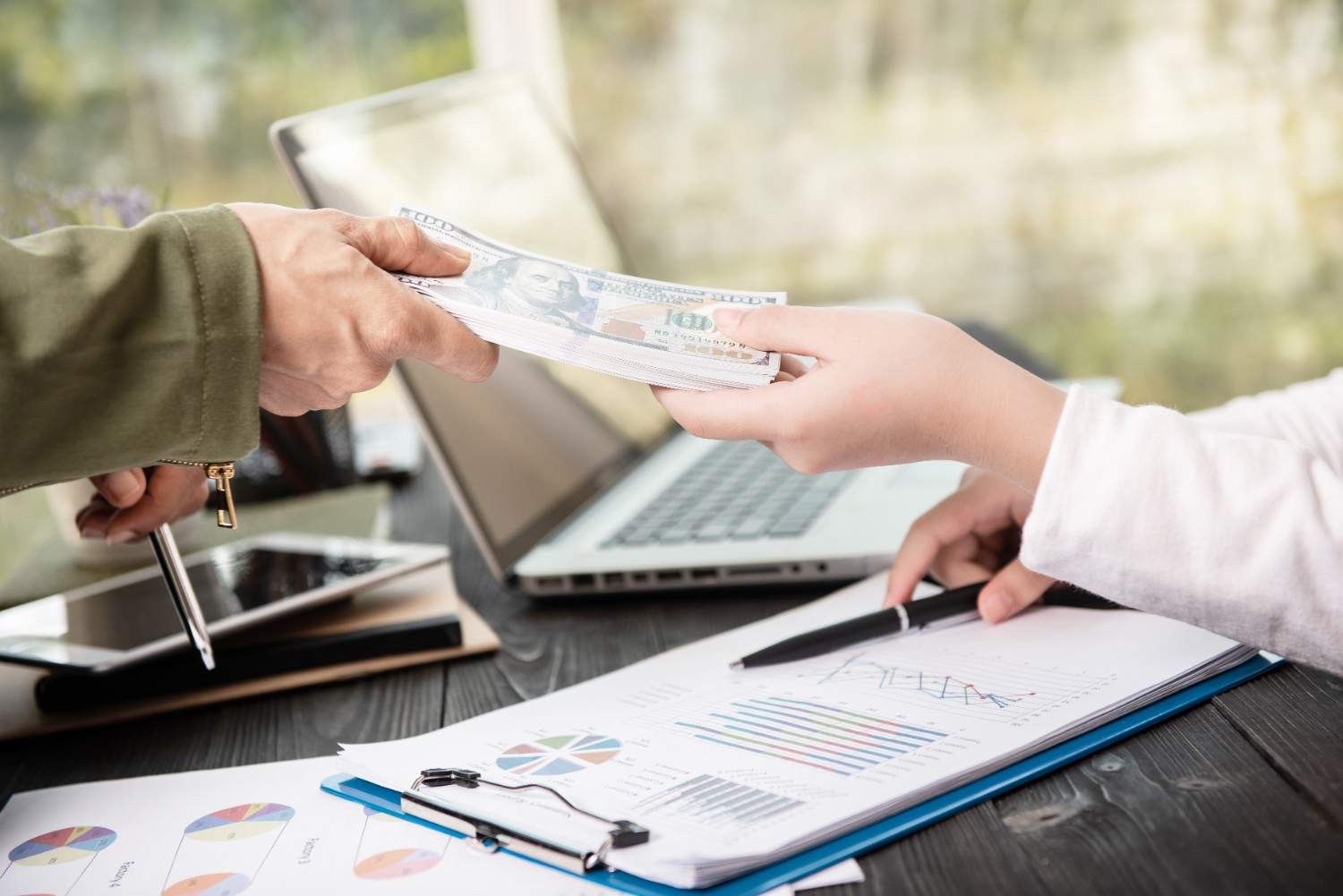When choosing a loan, one of the most important decisions is whether to opt for a fixed or variable interest rate. A fixed interest rate remains the same throughout the loan’s term, ensuring predictable monthly payments. In contrast, a variable interest rate can fluctuate over time, causing payments to increase or decrease.
Understanding Fixed Interest Rates
A fixed interest rate is locked in for the entire duration of your loan. This means that from your first payment to your last, the interest rate you are charged remains constant. This applies to various types of loans, including mortgages, auto loans, and personal loans.
For example, if you take out a 30-year mortgage with a 6% fixed interest rate, you will pay 6% interest for all 30 years, regardless of what happens in the broader economy. Your principal and interest payment will not change.

Advantages of a Fixed Rate
The primary appeal of a fixed interest rate is its predictability.
- Stable Monthly Payments: Because your interest rate never changes, your principal and interest payments remain the same each month. This makes it much easier to budget your finances, as you know exactly how much you need to set aside for your loan payment.
- Protection from Rate Hikes: If market interest rates rise, your loan is unaffected. This stability provides peace of mind, especially during times of economic volatility. You won’t have to worry about your monthly payment suddenly becoming unaffordable.
Disadvantages of a Fixed Rate
While predictability is a significant benefit, there are also potential downsides to consider.
- Higher Initial Rates: Lenders take on more risk with fixed-rate loans because they are locked into an interest rate for a long period. To compensate for this risk, they often charge a slightly higher initial interest rate compared to variable-rate loans.
- Missed Savings Opportunities: If market interest rates fall, you won’t automatically benefit from the lower rates. Your interest rate remains fixed at the original, higher level. To take advantage of lower rates, you would need to go through the process of refinancing your loan, which can involve time and additional costs.
Understanding Variable Interest Rates
A variable interest rate, also known as an adjustable-rate or floating-rate, can fluctuate over the life of the loan. These rates are tied to a benchmark index, such as the Secured Overnight Financing Rate (SOFR). Your rate is calculated by adding a margin to this index. When the benchmark rate changes, your interest rate changes with it.
Variable-rate loans often have an initial fixed-rate period before they begin to adjust. For example, a 5/1 ARM (Adjustable-Rate Mortgage) has a fixed rate for the first five years and then adjusts annually for the remaining term of the loan.

Advantages of a Variable Rate
The main attraction of a variable interest rate is the potential for lower initial costs.
- Lower Initial Rates: Lenders often offer a lower introductory interest rate on variable-rate loans compared to fixed-rate options. This can result in a lower initial monthly payment, which can be particularly helpful for borrowers who want to minimize costs in the short term.
- Potential for Savings: If the benchmark interest rates fall, your interest rate and monthly payments will decrease as well. This allows you to benefit from a favorable economic climate without needing to refinance.
Disadvantages of a Variable Rate
The potential for savings comes with a significant degree of uncertainty.
- Unpredictable Payments: The biggest drawback of a variable rate is its unpredictability. If benchmark rates rise, so will your interest rate and monthly payments. This can make budgeting more challenging and could potentially strain your finances if rates increase substantially.
- Risk of Higher Costs: While you might start with a lower rate, there’s no guarantee it will stay that way. Over the life of the loan, you could end up paying more in interest if rates climb significantly. Most variable-rate loans have caps that limit how much the rate can increase in a given period and over the loan’s lifetime, but even with these caps, the risk of higher payments remains.
What Factors Affect Interest Rates?
Whether you choose a fixed or variable rate, several factors will influence the specific rate you are offered by a lender.
- Economic Conditions: The overall health of the economy plays a major role. The Federal Reserve’s policies, inflation rates, and the general economic outlook all influence benchmark interest rates.
- Your Credit Score: A higher credit score signals to lenders that you are a lower-risk borrower. As a result, you are more likely to qualify for a lower interest rate.
- Loan Terms: The length of the loan and the loan amount can also affect your rate. For example, shorter-term loans often come with lower interest rates because there is less risk for the lender over a shorter period. A multifamily lender will also consider the property’s potential income when determining rates for an investment property loan.

How to Choose the Right Option for You
Deciding between a fixed and variable interest rate depends on your personal financial situation, risk tolerance, and future plans.
Consider a fixed-rate loan if:
- You value predictability and want your monthly payments to remain stable.
- You plan to stay in your home or keep your loan for a long time.
- You are on a tight budget and cannot afford a sudden increase in your monthly payments.
- You believe interest rates are likely to rise in the future.
Consider a variable-rate loan if:
- You are comfortable with a certain level of risk and can afford potential payment increases.
- You plan to sell your home or refinance your loan before the initial fixed-rate period ends.
- You want the lowest possible initial monthly payment.
- You believe interest rates are likely to fall or remain stable.
Conclusion
Both fixed and variable interest rates have pros and cons. A fixed rate offers stability and predictable payments, making it ideal for those who value long-term security. In contrast, a variable rate may offer lower initial payments and potential savings if interest rates drop, but it also carries the risk of future payment increases.









